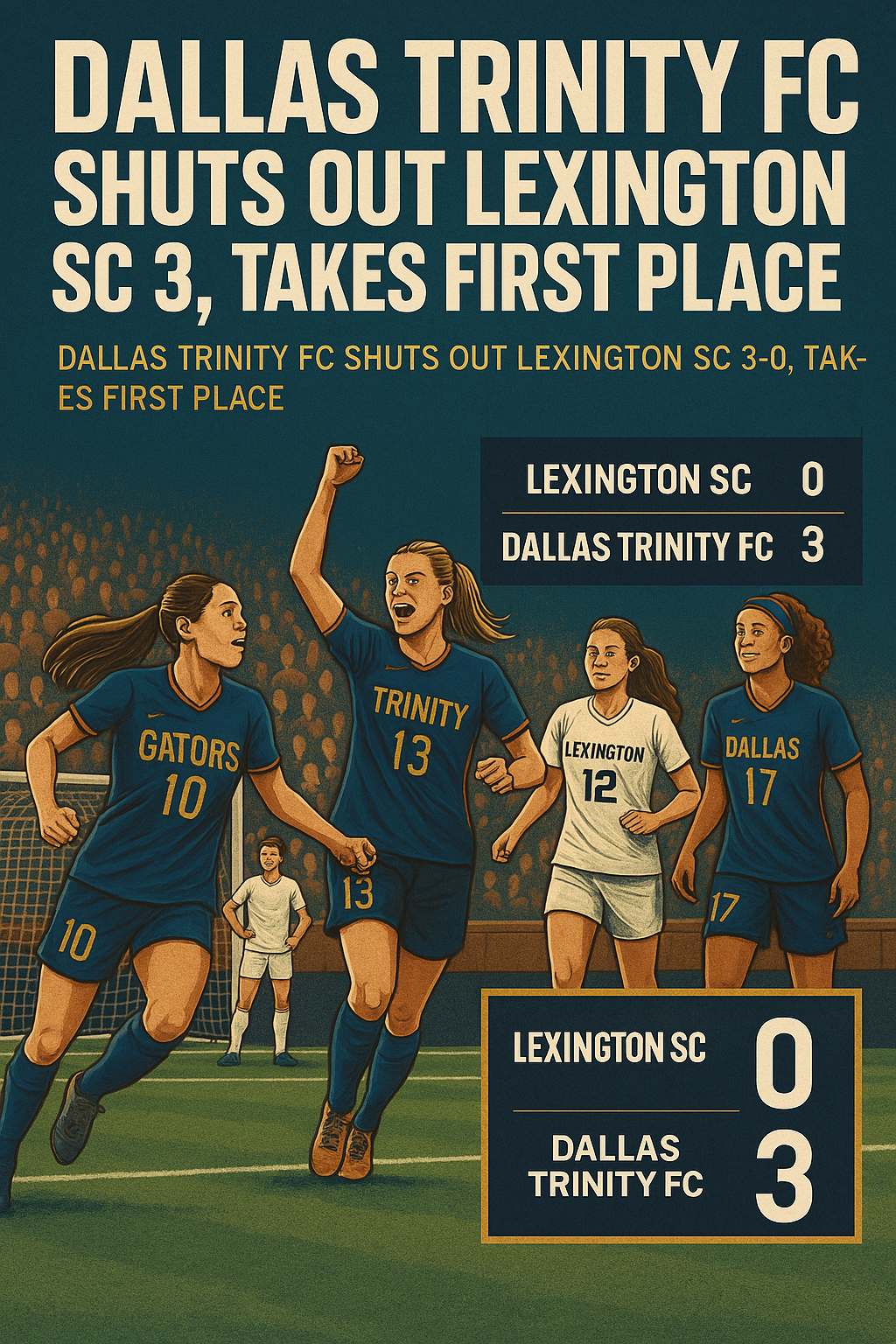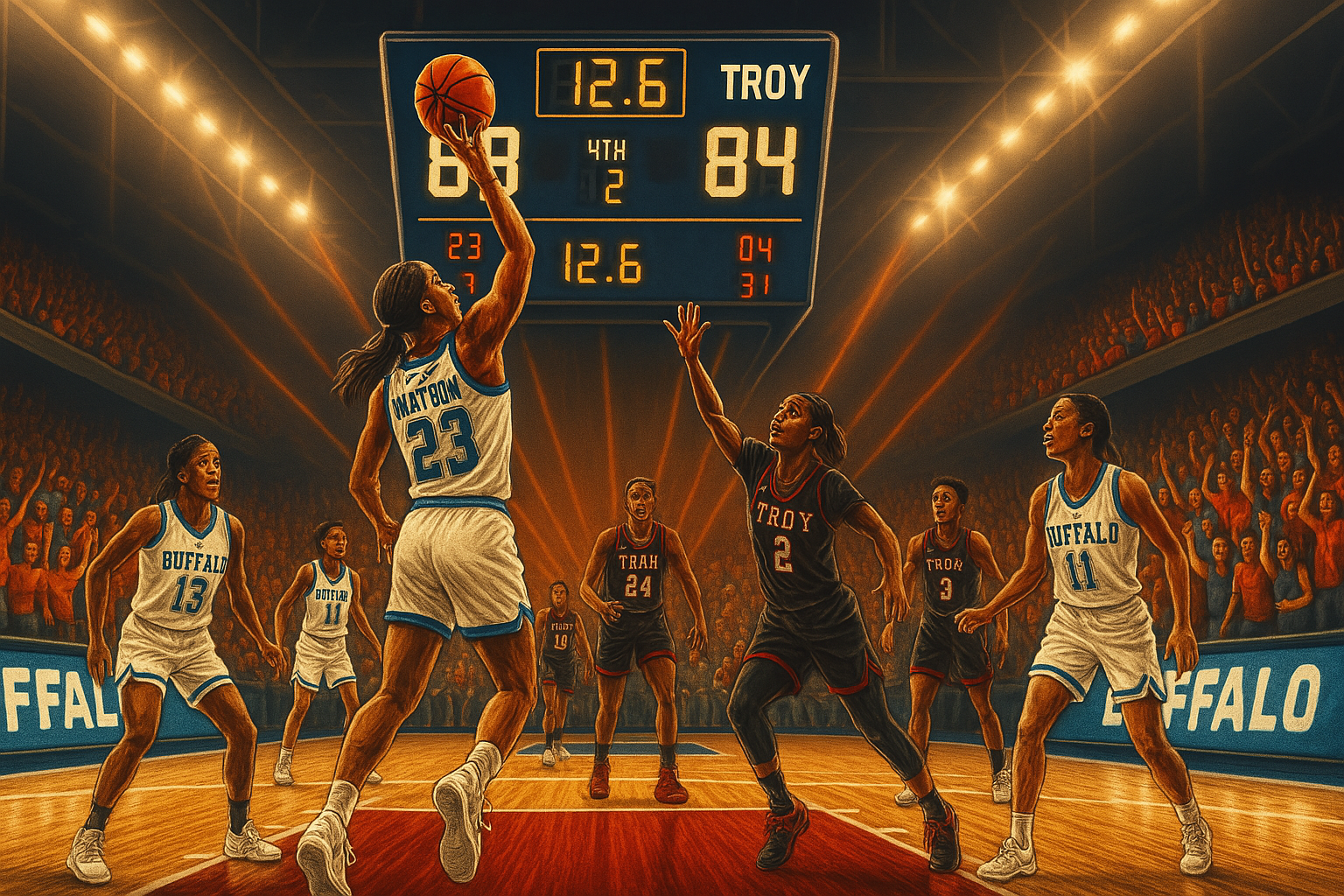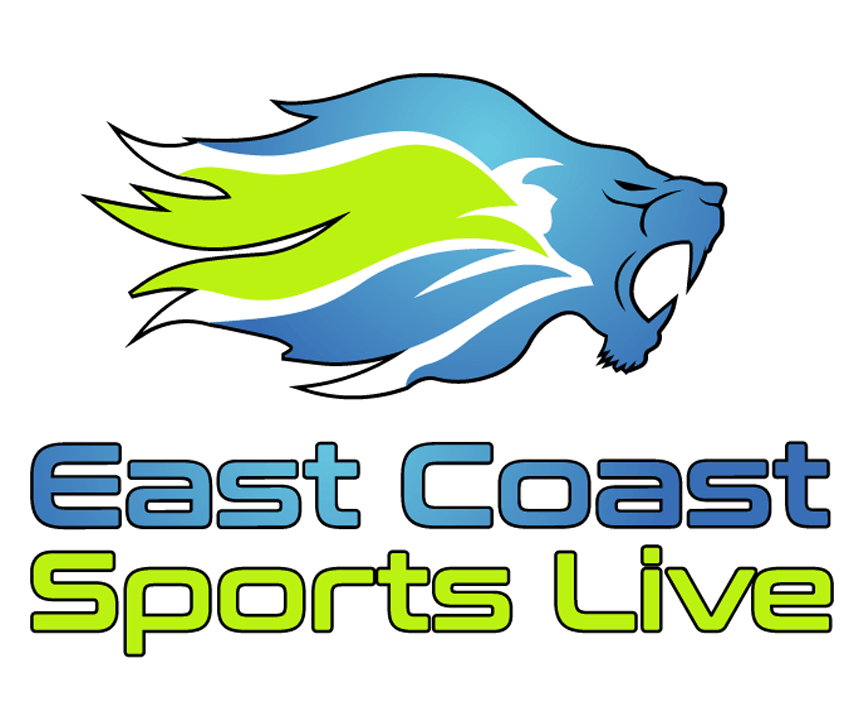NCAA Eliminates National Letter of Intent: A New Era for College Sports
In a significant move that marks the continued transformation of college athletics, the NCAA Division I Council voted on October 9, 2024, to eliminate the National Letter of Intent (NLI) program. This change represents a historic shift in how high school student-athletes will commit to their colleges and comes at a time when the NCAA is navigating unprecedented changes in its approach to student-athlete compensation, recruitment, and eligibility rules.
The NLI program, which was introduced in 1964, has long served as the formal binding agreement between a student-athlete and a college. It prevented other schools from recruiting athletes once they signed with a program and ensured that the school would provide athletic financial aid for at least one academic year. However, starting with the 2025 recruiting class, the NLI will be replaced by financial aid and scholarship agreements that aim to streamline the process while maintaining many of the same core functions of the old system.
The End of the National Letter of Intent
For decades, the NLI program provided structure and security to both athletes and schools. When a recruit signed an NLI, they were committing to attend that school for one academic year, and in return, the school was legally obligated to provide financial aid. This created a binding relationship that was supposed to prevent last-minute changes or poaching by rival schools. But over the years, the NLI system faced criticism for being overly rigid and not keeping up with the evolving landscape of college sports, particularly in the age of the transfer portal and NIL (Name, Image, and Likeness) deals.
With the NCAA now embracing a new era of athlete compensation, revenue-sharing, and increased mobility through the transfer portal, the NLI’s usefulness has come into question. Many players, particularly high-profile recruits, were bypassing the NLI entirely, opting instead to sign athletic aid agreements, which essentially guaranteed them the same financial security without the same restrictions on transferring schools.
The elimination of the NLI program is closely tied to the upcoming revenue-sharing model set to begin in the 2025-2026 academic year. This new system, introduced following the landmark House v. NCAA lawsuit settlement, will allow schools to share up to $20 million in revenue with student-athletes annually. As part of this shift, the NLI was seen as an outdated mechanism that no longer fit with the modern structure of college athletics, where athletes are increasingly treated more like professional players than amateurs.
Replacing the NLI with Financial Aid Agreements
Although the NLI is being scrapped, athletes will still sign documents that formalize their commitment to a program. Financial aid and scholarship agreements will replace the NLI, with the goal of simplifying the process and providing greater flexibility for both players and schools. Under the new system, schools will be required to offer written athletic financial aid agreements that guarantee aid for at least one academic year. Once a player signs this agreement, other schools will be prohibited from contacting them about recruitment.
The key difference is that the financial aid agreements do not come with the same strict penalties for transferring that the NLI imposed. In the past, athletes who wanted to break their NLI agreements could face penalties, such as being forced to sit out a semester. However, recent changes to the NLI already allowed athletes to request releases under certain circumstances, such as coaching changes. Now, with the NLI eliminated entirely, the NCAA hopes to provide athletes with more autonomy over their decisions, while still maintaining some structure in the recruiting process.
What the Change Means for Recruiting
For college coaches and recruiters, the elimination of the NLI raises important questions about the future of college football’s signing periods and recruitment calendars. One major concern is the possibility of more last-minute decisions by recruits, as there is no longer a binding NLI that locks them into their decisions. This could lead to more chaos during the signing periods, with high-profile athletes potentially waiting until the last possible moment to sign their financial aid agreements.
This opens up the possibility that some of these high-profile recruitments could spill into January as players and their families navigate the negotiations that often happen in the final hours before a decision is made. This could create more uncertainty for college programs, especially with the expanded College Football Playoff making the postseason longer and more complex. Programs may have to adjust their recruitment strategies to account for the extended decision-making timelines that could arise under the new system.
Impact of the NLI’s Elimination on Athletes
For student-athletes, the removal of the NLI presents both opportunities and challenges. On the one hand, the new system gives players more control over their recruitment process, with fewer restrictions on their ability to change schools if circumstances change. This could be particularly beneficial for athletes who face coaching changes, program instability, or other factors that make their initial commitments less desirable.
On the other hand, the lack of a binding NLI could create more pressure for recruits, especially those who are not considered top-tier prospects. Without the protection of the NLI, lower-profile recruits might face increased competition for scholarships and offers as schools focus more attention on securing elite players. Additionally, recruits may feel more pressure to negotiate NIL deals alongside their financial aid agreements, adding another layer of complexity to the recruiting process.
As the NCAA continues to evolve its policies in response to the rapidly changing landscape of college sports, it remains to be seen how the elimination of the NLI will play out over the long term. For now, the focus will shift to how the new financial aid agreements are implemented and whether they provide the same level of security and stability for both athletes and programs.
Looking Ahead: Revenue Sharing and the Future of College Sports
The elimination of the NLI is just one of many changes happening within the NCAA as it moves toward a revenue-sharing model that will fundamentally alter the relationship between student-athletes and their schools. Beginning in the 2025-26 academic year, schools will be able to share a portion of their revenue with athletes, marking a seismic shift in how college sports are structured. This change has the potential to dramatically alter recruitment, player development, and even the competitive balance within college sports, as schools with larger revenue streams may be able to offer more lucrative financial packages to top athletes.
As the NLI era comes to an end, the NCAA faces a critical moment in its history. The organization must find ways to balance the demands of modern college sports with the need to protect the integrity of amateur athletics, all while ensuring that student-athletes are treated fairly and given the opportunities they deserve. The future of college sports is undoubtedly headed in a new direction, and the elimination of the National Letter of Intent is just the beginning.









